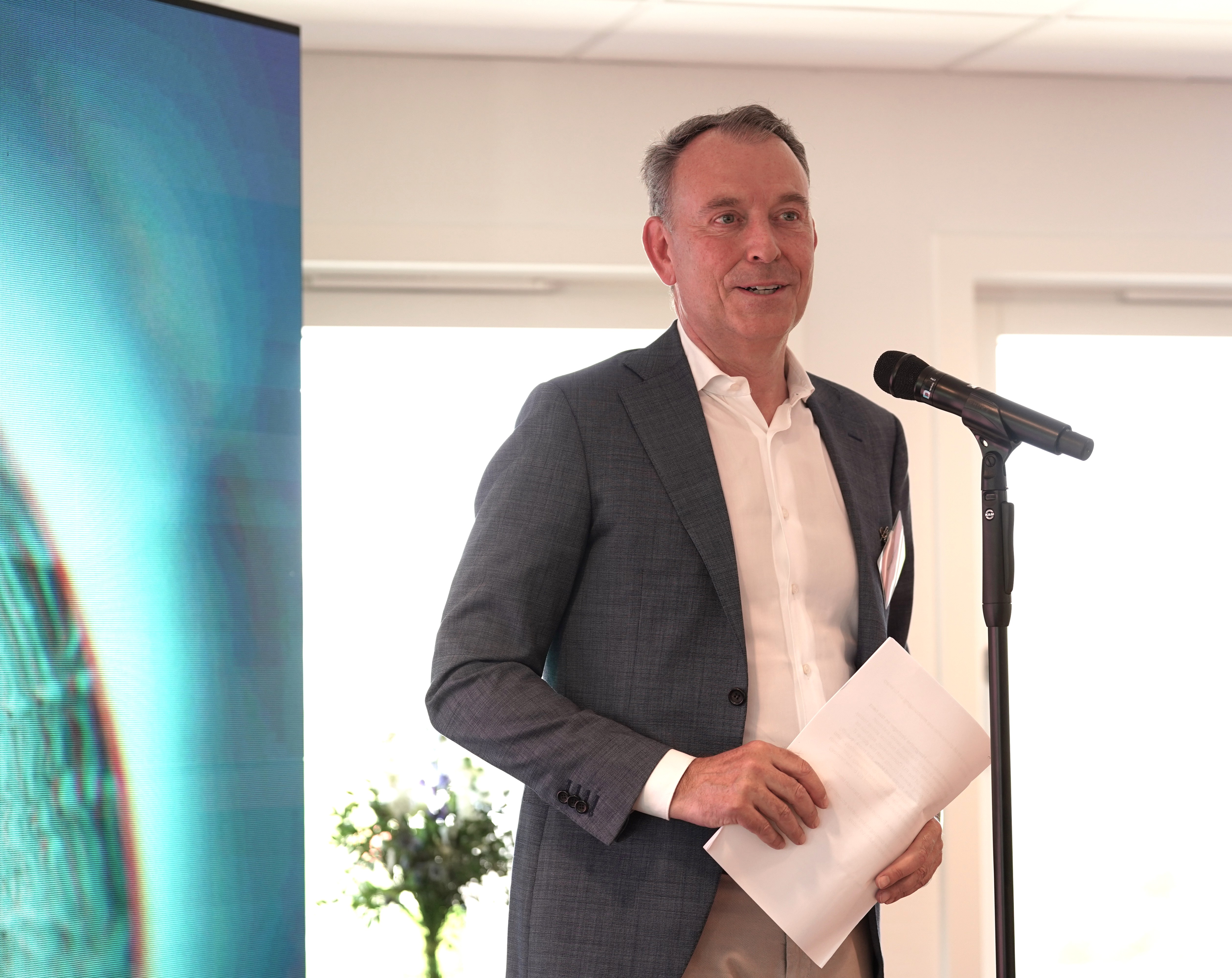
A Next-Generation Infant Formula—The Closest To Mother’s Milk Yet—Made With Biology
A Next-Generation Infant Formula—The Closest To Mother’s Milk Yet—Made With Biology
When breastfeeding isn’t an option, a new bioengineering-enabled formula may be the next best thing
The benefits of breastfeeding are well-known. It provides essential nutrition, boosts a baby’s immune system, and supports physical and emotional development in the early years. Breastfeeding even has wider environmental and economic benefits for our communities. Yet the Centers for Disease Control report that only 25 percent of U.S. infants receive breast milk exclusively during their first six months. For many parents and caregivers, infant formula is an essential part of keeping their babies healthy and fed.In the $47 billion infant formula market, producers like Danone, Nestlé (GERBER), Abbott (SIMILAC), and Mead Johnson (ENFAMIL) are eager to produce formula that mimics human breast milk as closely as possible. This is a tall order. Besides lactose and fat, mother’s milk contains hundreds of components which vary from mother to mother—and even from feeding to feeding.One such component is lactoferrin, the second most abundant protein in human milk. As an antimicrobial and antiviral agent, lactoferrin is especially important in establishing an infant’s immune system. It also helps babies absorb the iron in breast milk.But getting lactoferrin into infant formula isn’t easy. Many formulas depend on bovine (cow) lactoferrin as a substitute. This is less than ideal, since bovine lactoferrin is extracted from cow milk through an expensive purification process that also removes other nutrients.Conagen, a synthetic biology company in Boston’s biotech corridor, recently announced that it has developed a process for making lactoferrin that is very close to the lactoferrin in breast milk. Using the tools of biological engineering, Conagen researchers have designed a fermentation process—the same process used to make bread, cheese, and wine—to manufacture a better version of lactoferrin. As a result, Conagen’s lactoferrin mirrors the benefits of human lactoferrin more closely than any other alternative. This bioengineered ingredient could bring infant formula closer to mother’s milk than ever before.Infant nutrition is just one potential application of Conagen’s lactoferrin. With iron deficiency affecting almost 30% of the world’s population, it could also serve as a dietary supplement for iron absorption in children and adults. And because lactoferrin promotes bone marrow growth, Conagen’s new molecule could facilitate progress in yet another area of interest in the pharmaceutical industry.From a manufacturing perspective, Conagen’s microbial platform could also change the landscape of the infant formula market. The company’s technology is both cost-effective and sustainable, with potential for scaling up while simplifying downstream purification processing.“The main key drivers of our platform are speed, cost, and quality,” says Richik Nilay Mukherjee, PhD, Scientific Innovation Officer at Conagen. “The way our work is inspired from nature motivates our vision of how we do science in a fast, sustainable, and cost-competitive way.”Conagen’s breakthrough comes at a time when there is growing industry interest in producing not just better lactoferrin, but many other components of human breast milk. These include the 200 or so human milk oligosaccharides (HMOs) that act as prebiotics in feeding the “good” bacteria in infants’ guts. In newborn babies, HMOs have been shown to lower the risk of diarrhea, respiratory disease, and viral or bacterial infections.From zero-calorie sweeteners to mold-free bread, synthetic biology has been pushing the nutrition industry toward a more cost-effective, healthy, and sustainable future. Conagen’s lactoferrin, poised to narrow the gap between mother’s milk and infant formula, represents yet another nutritional advance powered by synthetic biology.Casey Lippmeier, Vice President of Innovation at Conagen, says that mother’s milk infant formula is one of the first “impossible foods” we might engineer, but he hopes that it won’t be the last. As Conagen’s lactoferrin awaits FDA approval for its use in infant formula, the company will continue to shape and lead markets through its commitment to sustainability, scale, and a healthier future for young and old everywhere.Follow me on Twitter at @johncumbers and @synbiobeta. Subscribe to my weekly newsletters in synthetic biology. Thank you to Aishani Aatresh for additional research and reporting in this article. I’m the founder of SynBioBeta, and some of the companies that I write about are sponsors of the SynBioBeta conference and weekly digest. Here’s the full list of SynBioBeta sponsors.



.svg)








-min.png)


.gif)